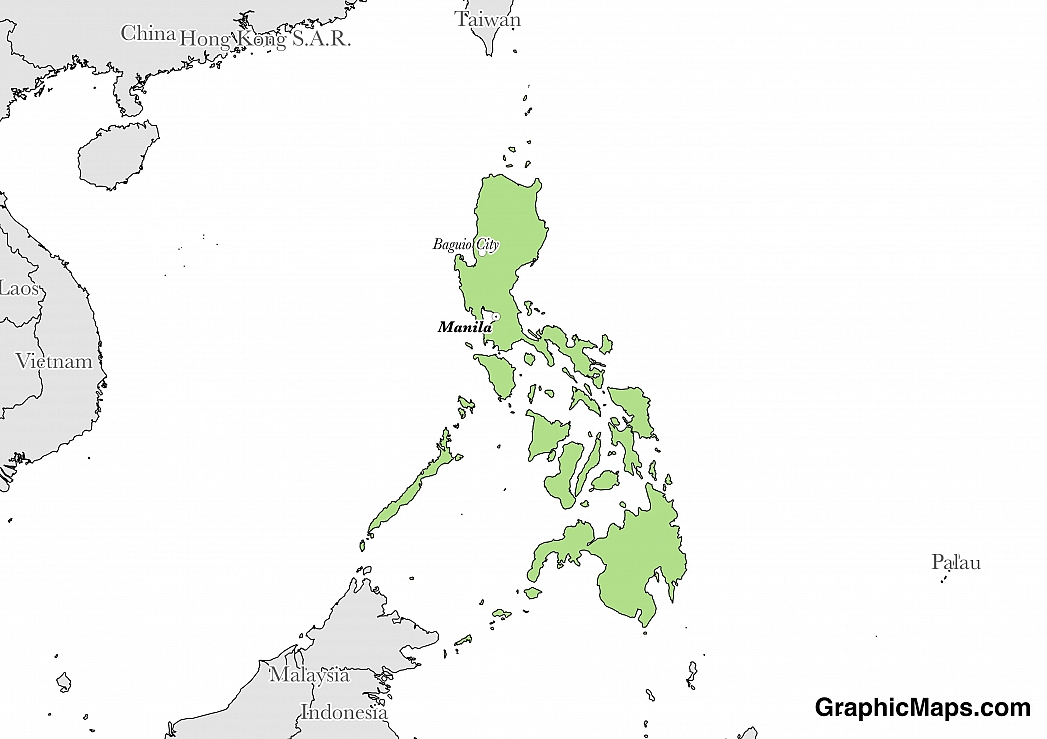Unlike the rest of the Philippines, Autonomous Region of Muslim Mindanao is an autonomous region. Mindanao was once a separate region from The Philippines. It is the traditional homeland of Muslims in The Philippines. The ARRM is one of five predominantly Muslim provinces within The Philippines. It is the only one with a relatively high level of autonomy. The President of The Philippines is elected through a direct election. The popular vote decides who the President will be. The President of The Philippines will only get one term. That term lasts six years. Within the executive branch, the President is one of two officials that are elected in a national election. The Vice President is the other official that is elected through a national election. A Vice President will become the President of The Philippines if the elected president dies while in office. In order to become President of The Philippines, a prospective candidate needs to be at least forty years of age, a naturalborn citizen of The Philippines, possess a high level of literacy and be able to write, be registered to vote within The Philippines, and said person must also have maintained consistent residency within The Philippines for a minimum of ten years before the election takes place. The President of The Philippines is the head of state and head of the government.
Head of state means being the principal representative of The Philippines. Head of government in The Philippines means being the principal leader of the executive branch. In short, The President of The Philippines represents the nation and the executive branch. The President is in charge of the armed forces. The current President of The Philippines is Rodrigo Duterte. Duterte is the 16th President of The Philippines. His election into office took place on 30 June 2016. The Philippines has a bicameral Congress.
There are two "houses". The Senate of The Philippines is the upper house. House of Representatives is the lower house. Member of the Senate are elected to one 6- year term while members of the House of Representatives are elected one 3-year term. The Senate consists of 24 members. Every six years, 12 candidates are chosen for Senate. Senate members are chosen by the whole nation, in an "at-large" way. The House of Representatives members are chosen based on districts. Each voter is entitled to two voters in the House of Representatives.
This page was last modified on May 1st, 2018
More on Graphicmaps
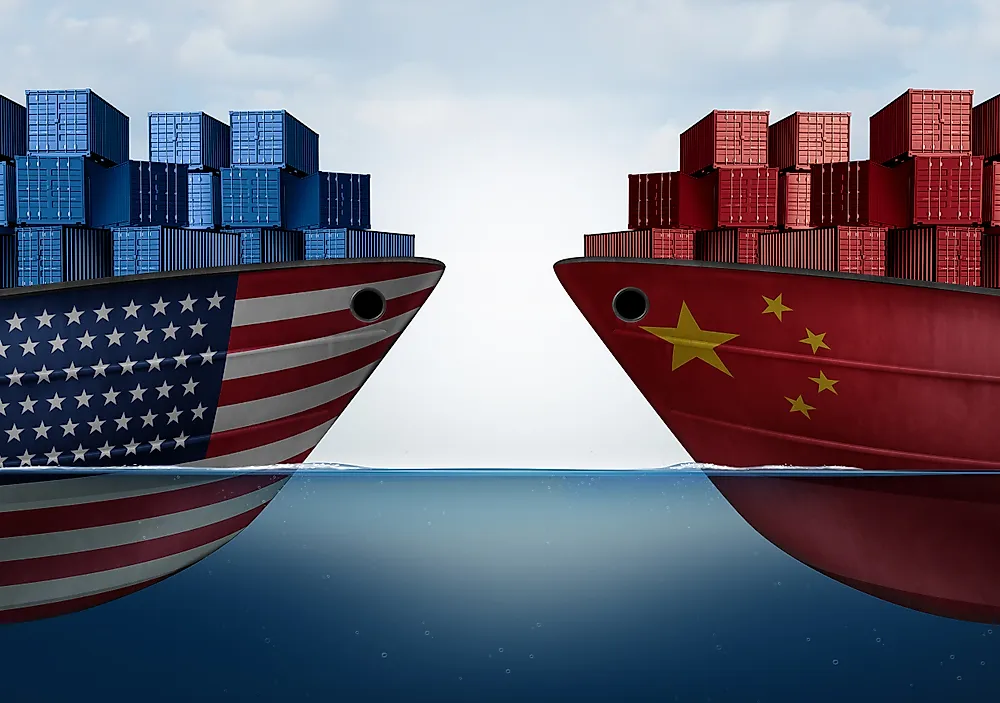
Published on 2019-11-06
What is a Trade Embargo?
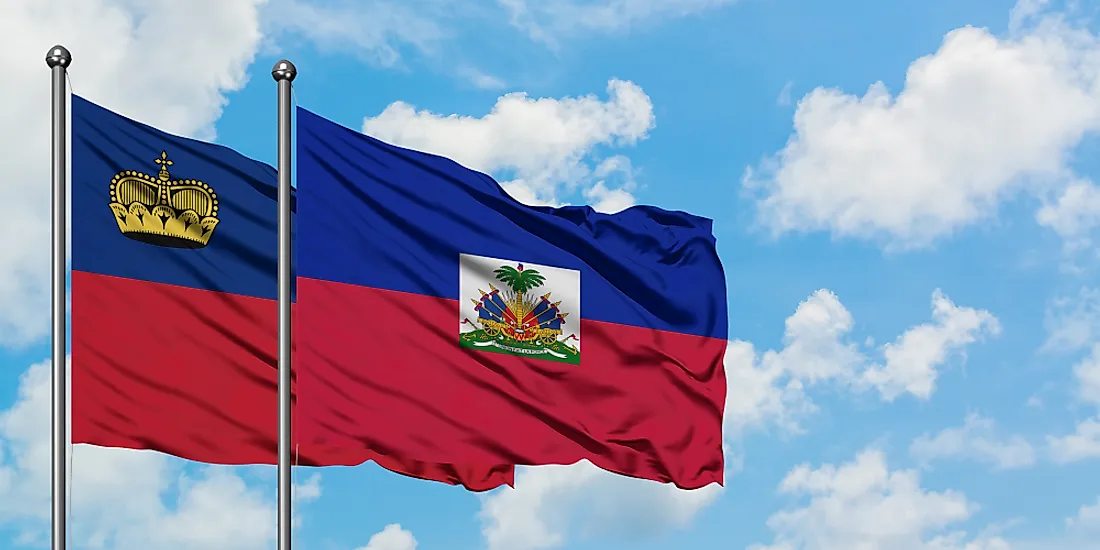
Published on 2019-11-04
Which Two Countries Used to Have the Same Flag?
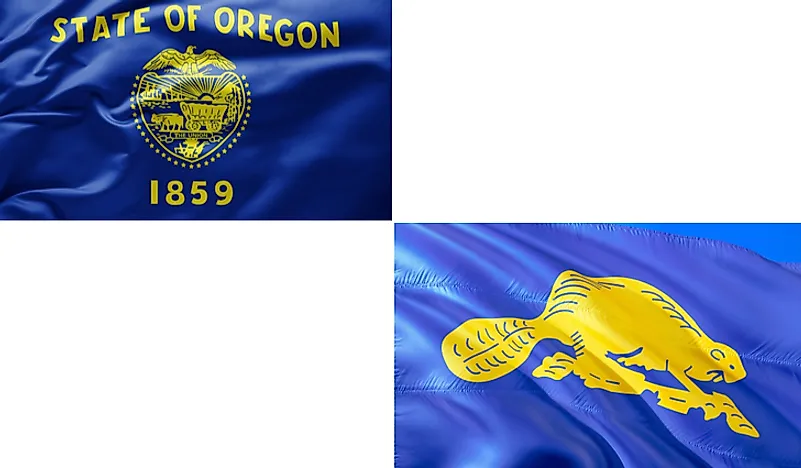
Published on 2019-09-16
What Is the Only Two-Sided State Flag?
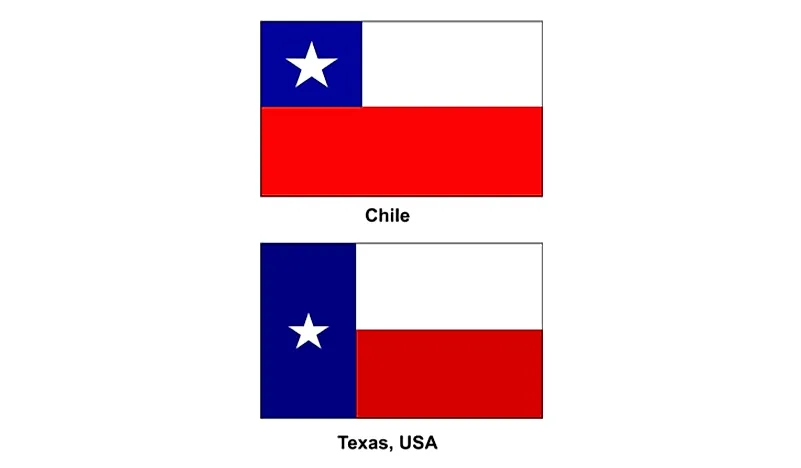
Published on 2019-09-16
Which Country Flag Looks Like the Texas Flag?

Published on 2019-08-29
Flags That Resemble the US Flag
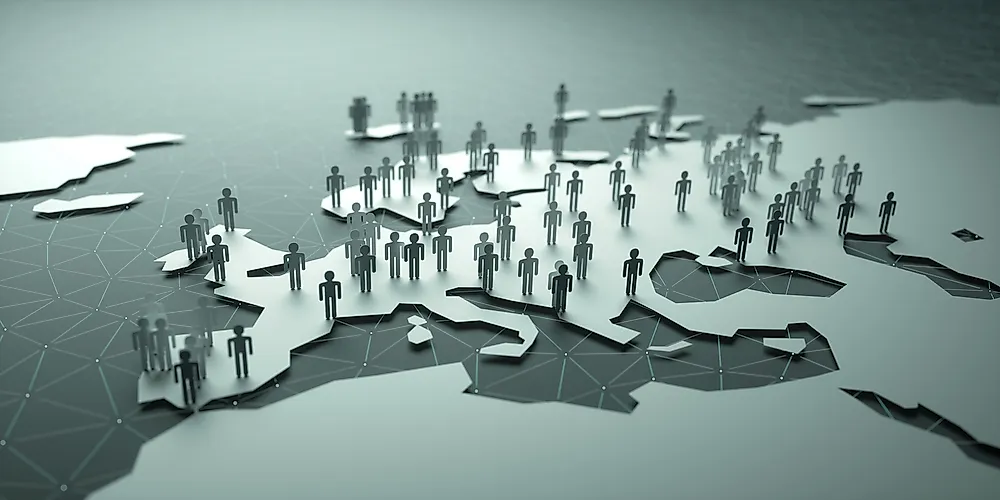
Published on 2019-08-20
